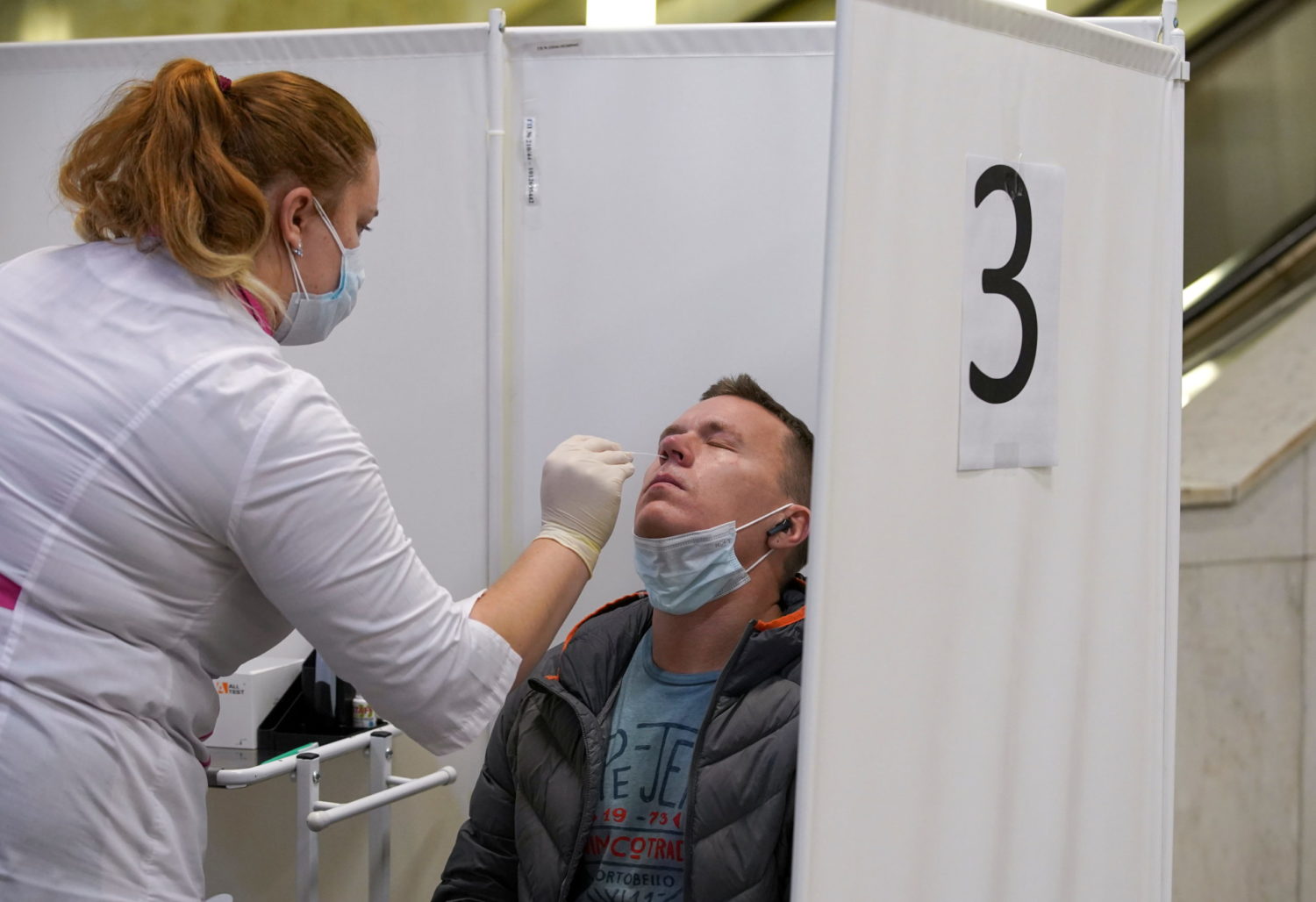
(Reuters) – The Americas is facing an impending crisis in routine vaccinations because of the COVID-19 pandemic, the Pan American Health Organization said, and vaccinations against the coronavirus are behind where they should be.
DEATHS AND INFECTIONS
EUROPE
* France is at the beginning of a fifth wave of the epidemic, Health Minister Olivier Veran said.
* Russia’s deaths hit a record in the previous 24 hours, two days after most of its regions emerged from a week-long workplace shutdown.
* People aged under 30 in Germany should only receive the BioNTech/Pfizer vaccine as it causes fewer heart inflammations in younger people than the Moderna shot, an advisory committee said.
AMERICAS
* Over 900,000 U.S. children aged 5 to 11 are expected to have received their first COVID-19 shot by the end of Wednesday, the White House said, as the government ramped up vaccinations of younger children.
* The United States has brokered a deal between Johnson & Johnson and the COVAX vaccine-sharing program for the delivery of the company’s COVID-19 vaccine to people living in conflict zones.
* U.S. National Institutes of Health scientists played “a major role” in developing Moderna’s vaccine and the agency intends to defend its claim as co-owner of patents on the shot, NIH Director Dr. Francis Collins told Reuters.
ASIA-PACIFIC
* South Korea encouraged citizens to take booster shots as more of the elderly fell ill and reported vaccine breakthrough infections, driving serious and critical cases to a record.
* Thailand said it will set aside up to 500,000 doses of vaccines for foreign workers.
* Vietnam will by the end of this month have sufficient vaccines to cover its population, a deputy prime minister said, as the country approved India’s Covaxin vaccine for emergency use.
MIDDLE EAST AND AFRICA
* Israel’s pandemic advisory board backed administering Pfizer’s and BioNTech’s vaccine to children age 5-11, as a fourth wave of infections subsides nationwide.
* Bahrain will cancel working with its coronavirus travel red list from Nov. 14.
MEDICAL DEVELOPMENTS
* French vaccines company Valneva won European Commission approval for a deal to supply up to 60 million doses of its vaccine candidate over two years.
* Merck and partner Ridgeback Biotherapeutics said Japan will pay about $1.2 billion for 1.6 million courses of their COVID-19 antiviral pill molnupiravir.
ECONOMIC IMPACT
* Wall Street lost ground on Wednesday as surging consumer prices fueled fears of a longer-than-expected wave of heightened inflation dampened investor risk appetite.
* San Francisco Federal Reserve Bank President Mary Daly said she expects high inflation to moderate once COVID-19 recedes, and repeated that it would be “quite premature” to raise rates now or even to speed up the Fed’s bond-buying taper.
(Compiled by Devika Syamnath and Sarah Morland; Editing by Mark Heinrich and Sriraj Kalluvila)











